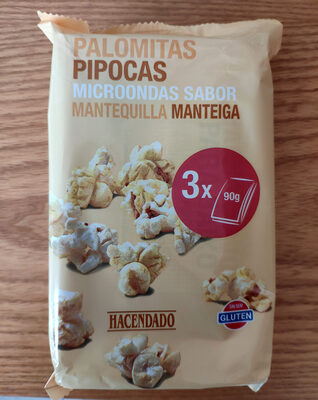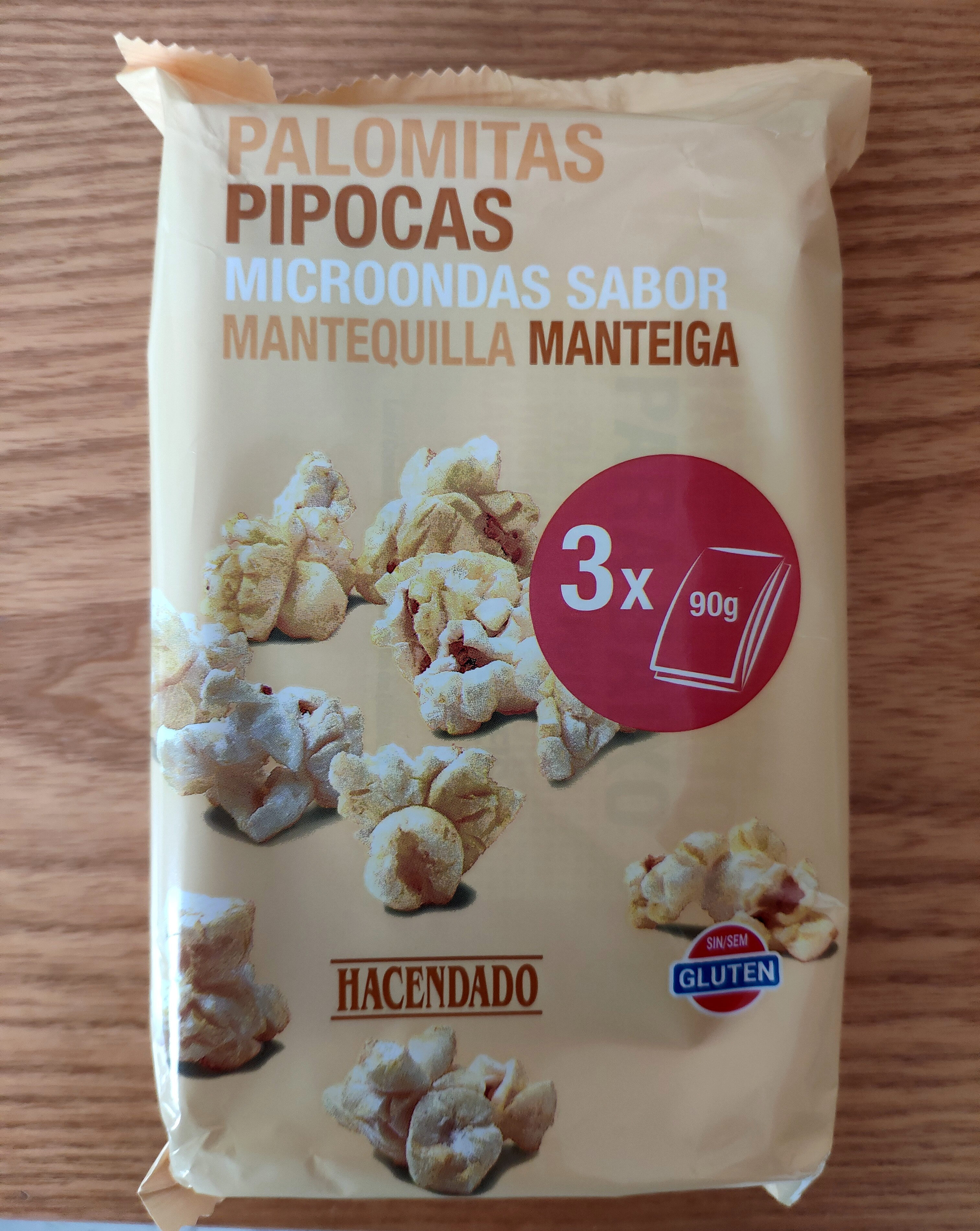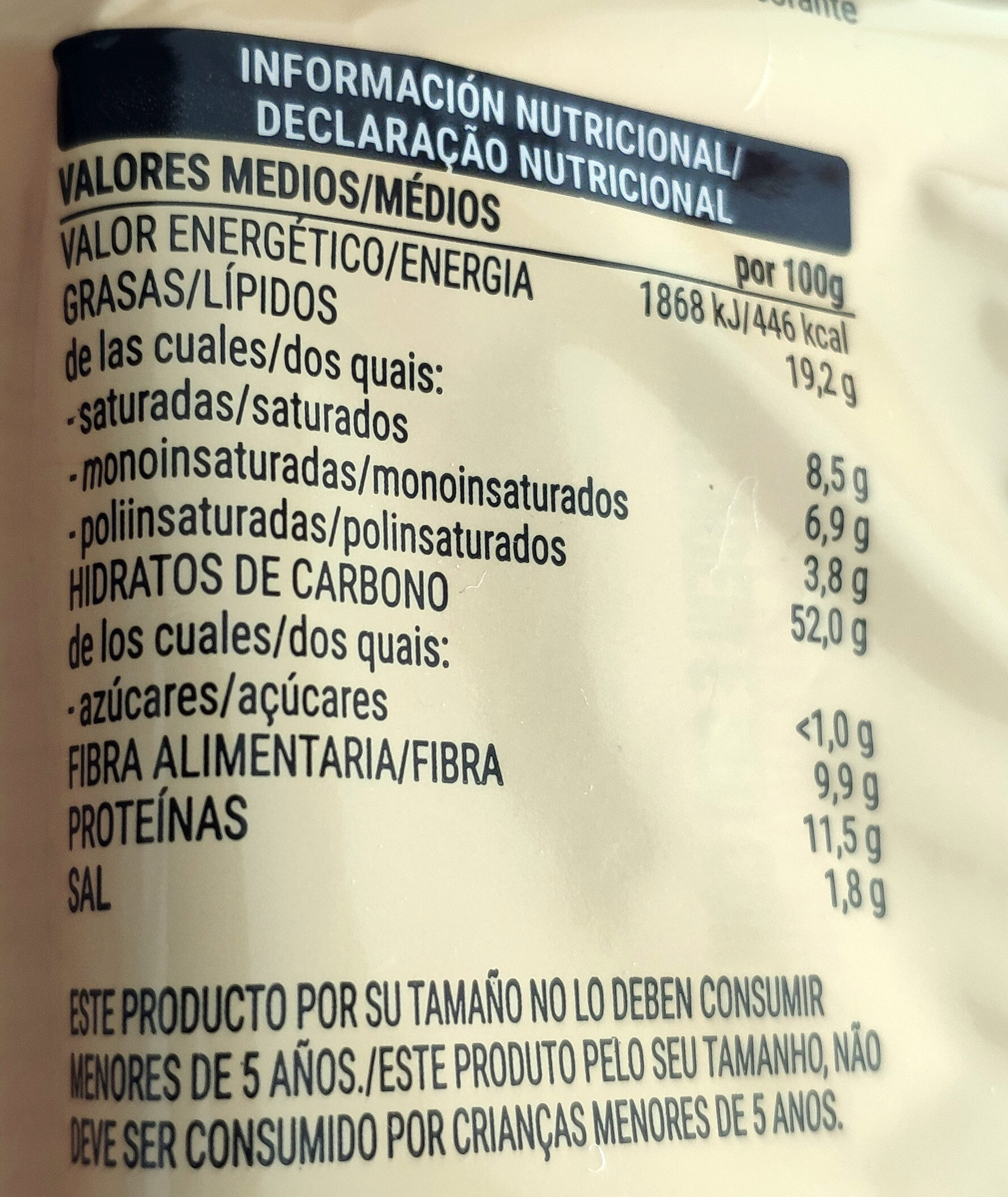Pipocas microondas sabor manteiga - Hacendado - 270g
Codi de barres: 8480000342126 (EAN / EAN-13)
Nom comú: Pipocas de milho com sabor a manteiga
Quantitat: 270g
Empaquetament: es:Green dot
Marques: Hacendado
Etiquetes, certificacions, premis:
Lliure de gluten, Punt verd
Origen dels ingredients: Espanya
Llocs de fabricació o processament: Spain
Botigues: Mercadona, Hacendado
Països on es va vendre: Espanya
Matching with your preferences
Report a problem
Fonts de dades
Producte afegit per kiliweb
Última modificació de la pàgina del producte per elmogr.
La pàgina del producte, també editada per alexrios, alia, autorotate-bot, date-limite-app, ecoscore-impact-estimator, elcoco, inf, openfoodfacts-contributors, roboto-app, saisa, tacite-mass-editor, teolemon, thaialagata, yuka.P-lHFdTSQd4BHvCP9Lor32mWF-PuHM4GNEckog, yuka.ZDVzaEQ1UWVuZlJUdXZRdStrdkU5NHBibjRLWFV6bnJJdFllSVE9PQ, yuka.ZTd3R0xab1BnUDBFa3NRaDJ6cjArWWhTbHBhVlJ6NnBMZm9QSWc9PQ, yuka.sY2b0xO6T85zoF3NwEKvlmdHTPHwnxD9bifQwn3S986hLcLBWole0oLFEKs, yuka.sY2b0xO6T85zoF3NwEKvlnZ_bcT0mhXrHEHtukSO7P6XNsLGTIBUsrrIIas.













